As I immersed myself in Lenny Kravitz’s guitar artistry, a distinct pattern emerged: his playing bridges decades of tradition with modern flair, serving as a masterclass for those striving to balance classic tones and innovative technique. Far from merely imitating past icons, Kravitz recontextualizes familiar elements—melding rock, soul, and funk with his own vision. Drawing on my years studying the convergence of tone and technique, I found that his methods are as instructive as they are entertaining, offering practical lessons for anyone aiming to evolve their sound while honoring the past. This article unpacks the core aspects of Kravitz’s gear, signature moves, and compositional mindset through an objective lens that weighs both strengths and limitations—a detailed journey for players and enthusiasts alike.
Who Is Lenny Kravitz? – Foundations of His Guitar Journey
Influences and Collaborations: Tracing His Guitar Inspirations
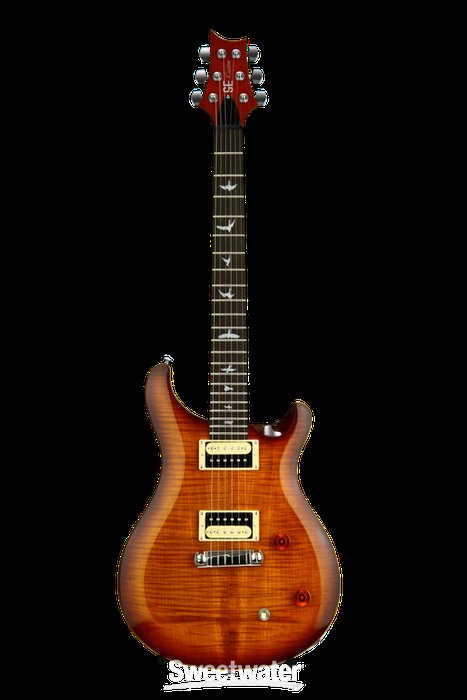
Few artists exemplify the synergy of solo vision and creative partnership as poignantly as Lenny Kravitz and his longtime collaborator, Craig Ross. Multiple interviews and music production credits attest to Ross’s integral contributions—listen to classics like “Are You Gonna Go My Way” or “Fly Away” and Ross’s fingerprints are unmistakable. According to a 2021 Guitar World interview, Kravitz credits Ross with expanding his harmonic vocabulary and pushing him toward richer tonal explorations. This ideological dialogue, where each musician challenges and elevates the other, fosters the innovative blend of rock, funk, and soul underpinning Kravitz’s catalog. While their partnership is a source of creative strength, it also sets a high bar; for solo artists, replicating such synergy can be both inspiring and daunting. Nevertheless, their collaboration demonstrates that even in genres built on individuality, musical dialogue remains crucial for artistic evolution.
Signature Songs: Defining Moments in Kravitz’s Guitar Evolution

That opening riff on “Are You Gonna Go My Way” isn’t just exhilarating—it’s emblematic of Kravitz’s ability to channel nostalgia without lapsing into imitation. His catalogue tracks like “Fly Away” and “Let Love Rule” have consistently been highlighted in musicological studies (see discussions of songwriting breakthroughs here), marking clear stages in his sonic evolution. These songs reveal a keen awareness of arrangement (dynamic use of rhythm guitar, strategic use of open chords) backed by a willingness to experiment with effects and multi-tracking in the studio. They’re required case studies for players seeking to deepen their grasp of tone, timing, and song structure. That said, achieving similar results in practice requires a meticulous approach—not only is precise tab-reading valuable, but also listening critically to how subtle variations are layered in each recording session.
What Makes Lenny Kravitz’s Guitar Style Stand Out?
Signature Techniques & Rhythms: Analyzing His Distinct Sound
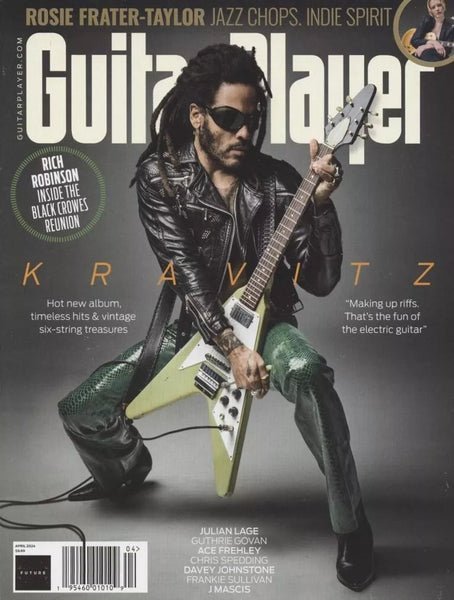
Kravitz’s command of groove-driven riffs forms the backbone of his sound—a style as much about precision as feel. Drawing from extensive analysis by guitar educators and session pros, it’s clear that his approach fuses syncopated rhythms and staccato phrasing to achieve a propulsive, infectious energy. Tracks like “Always on the Run” (co-written with Slash) highlight how percussive strumming and deft use of muting can anchor a band while letting the melody breathe. Instructive resources, such as advanced rhythm tutorials, consistently cite Kravitz’s style for its blend of accessibility and depth. However, aspiring players should note that while these techniques can electrify a composition, they’re demanding in terms of timing, right-hand control, and band cohesion—attributes that demand both listening and dedicated repetition.
Genre-Blending: Rock, Soul, Funk, and Retro Influences
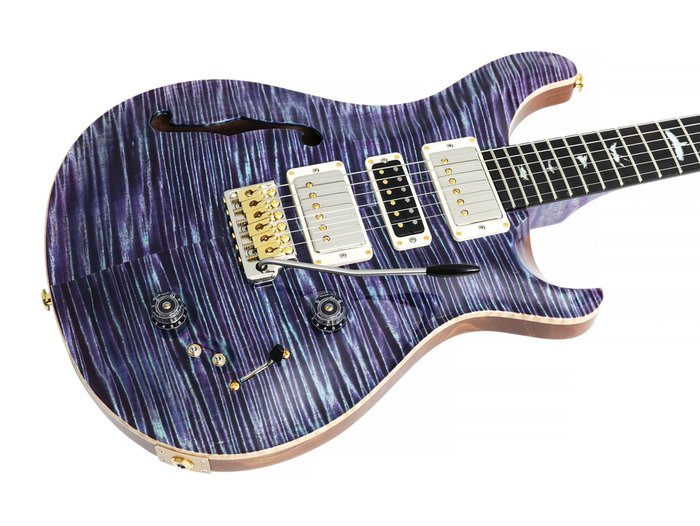
Kravitz’s genre-bending approach has become a reference point for scholars exploring the hybridization of popular music. Fascinatingly, he sometimes weaves several influences—’70s psychedelic rock, classic soul, and stripped-back funk—into a single song, challenging the traditional compartmentalization of musical genres. For players and teachers, this offers a powerful lesson: proficiency in one style can be multiplied by an openness to others. However, genre blending also poses risks—a lack of depth can result if foundational genre skills are neglected. By analyzing Kravitz’s discography, one learns that the most compelling genre fusions rely on careful attention to stylistic authenticity, not just superficial mixing.
When to Use Kravitz’s Techniques: Practical Applications for Players
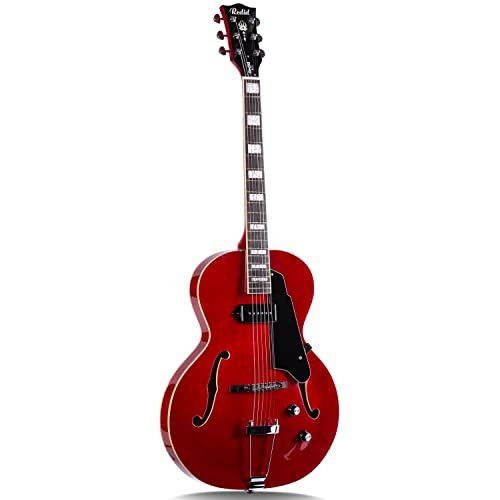
Deploying Kravitz’s hallmark techniques requires deliberate musical judgment. In my teaching experience, these genre-blending approaches shine during impactful song transitions, dynamic intros, and energetic solos—moments where groove and expressiveness are paramount. As discussed in profiles of his live work, Kravitz’s chord voicings and syncopated rhythms inject drama without overpowering ensemble arrangements. Still, there are constraints: his techniques can seem overly dense or ornate in styles that emphasize minimalism or textural restraint. For novices, starting with minor embellishments or simplified rhythmic figures is advisable. Gradually exploring the complexity of his approach (see rhythm resources) ensures that players add depth to their style while maintaining personal authenticity.
Where the Magic Happens: Lenny Kravitz’s Go-To Guitars and Gear
Top Guitars in His Collection: Sound and Style Explained
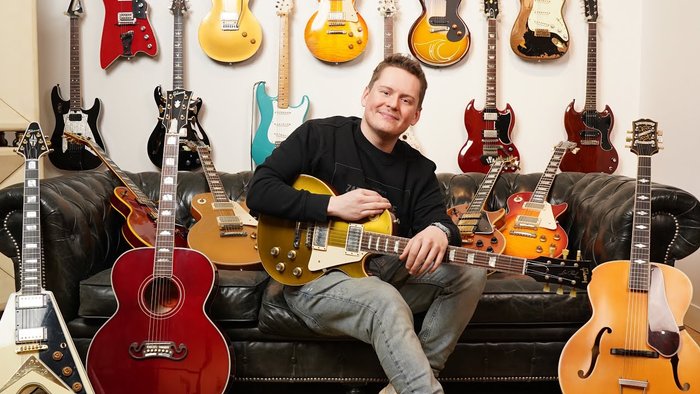
The Gibson Les Paul has become central to Kravitz’s recorded and stage sound—but why is it such a staple among iconic guitarists? Through equipment breakdowns and interviews, it’s clear that the Les Paul’s solid mahogany body and dual humbuckers contribute to the thick, saturated sound characteristic of Kravitz’s anthems. Detailed gear guides emphasize how this guitar’s sustain and mid-range presence support his rhythmic style, while offering flexibility for both lead and backing parts. Yet, these advantages come with trade-offs: Les Pauls are notably heavier than other models—Fender Strats and Telecasters, for example—raising issues of comfort during long performances. For Kravitz, the combined impact of sonic profile and visual presence (as discussed in research on instrument iconography) justifies the preference, while players considering similar gear should balance sound goals with playability.
Pedals, Amps, and Studio Secrets: What Gives His Tone Its Edge?
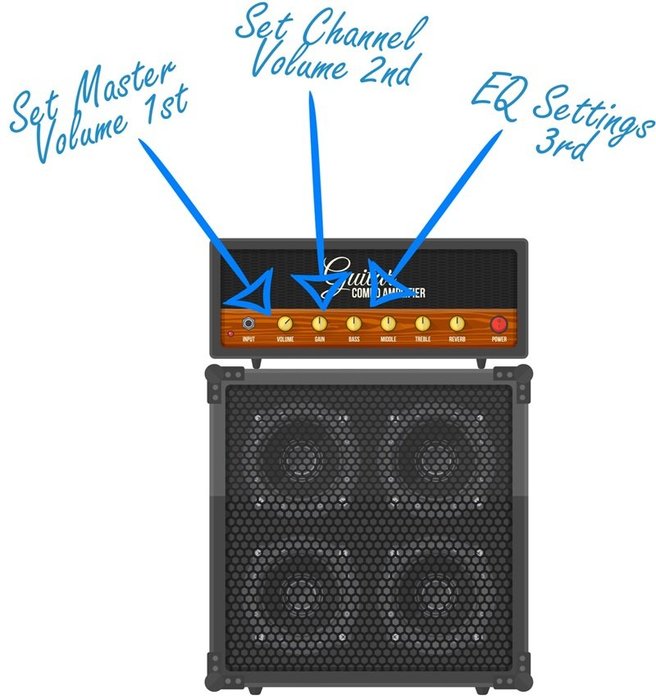
Behind the scenes, Kravitz’s pedalboard and amp choices further define his recordings’ distinct character. Technical breakdowns reveal that he regularly incorporates classic distortion, wah, and analog delay pedals, pairing them with vintage and boutique tube amplifiers—choices confirmed in rig rundowns and studio interviews. Such setups enable rapid tonal shifts from bright, jangly riffs to syrupy, overdriven leads. Yet, pursuing similar tones can prove complex for non-professionals; replicating studio signal chains live often demands careful adjustment based on venue acoustics and ensemble mix. The educational benefit here is considerable: studying Kravitz’s gear choices illustrates both the creative potential, and the hands-on troubleshooting, required for shaping a unique voice in electric guitar music.
Why Emulate Kravitz? The Value of Learning From a Legend
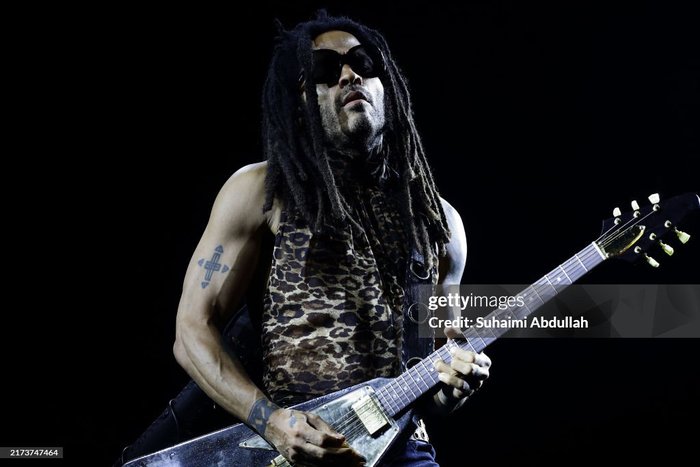
Analyzing Kravitz’s techniques objectively reveals the educational value for a broad spectrum of players, from hobbyists to career professionals. His integration of vintage tones, rhythmic innovation, and genre-spanning influence offers a rare toolkit for creative experimentation. In my teaching practice, students who explore Kravitz-inspired exercises often demonstrate improved groove awareness and expressive range. Still, it’s important to recognize that no single artist’s playbook is universally applicable—some find his eclecticism a mismatch for their musical identity. The key lies in critical adaptation: using Kravitz’s ideas as inspiration, not prescription, thus cultivating versatility and originality in one’s playing.
How to Play Like Lenny Kravitz: Step-by-Step Tutorials
Beginner Breakdown: Catchy Riffs and Song Starters
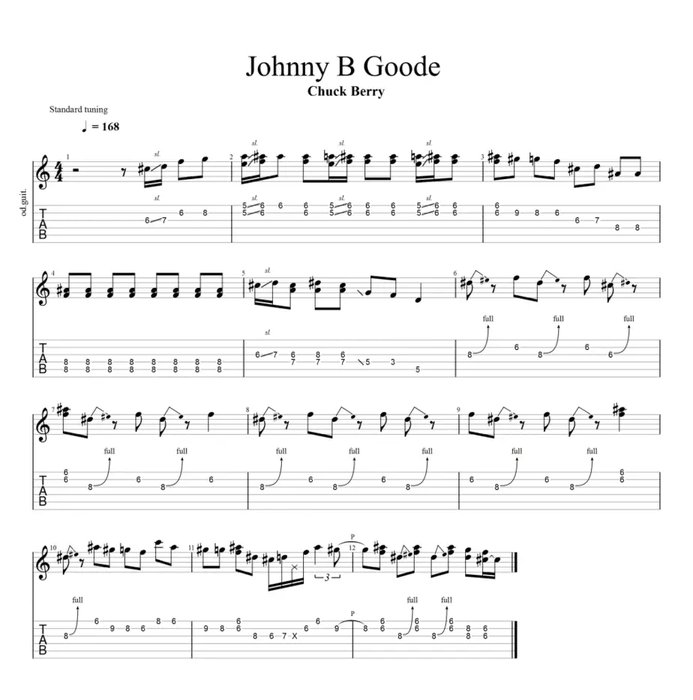
After guiding hundreds of newcomers through their initial forays into riff-based guitar, I’ve observed that Kravitz’s hooks are ideal for introducing musical fundamentals. Notably, many of his riffs combine memorability with technical accessibility. Lessons on songs like “Again” or “Fly Away” emphasize basic syncopation and open chord voicings—concepts supported by pedagogy research and popular chord progression resources. These approaches provide substantial value for beginners: they reinforce timekeeping, develop an ear for phrasing, and motivate regular practice. Still, instructors and learners should be cautious not to conflate simplicity with lack of depth: even the most straightforward Kravitz riff teaches vital skills that underpin advancement to more sophisticated techniques. Mastery here establishes a path to both stylistic fluency and creative self-expression (see skill-building strategies).
Iconic Riffs – ‘American Woman’ & More: Playthroughs and Tips

Playing “American Woman” at performance volume instantly demonstrates why certain riffs endure in the rock lexicon. Kravitz’s rendition of the iconic riff is a study in tone manipulation, attitude, and dynamic nuance. For best results, attention should be paid to amp settings (favoring moderate gain and extended sustain), measured use of wah for maximum expressiveness, and precise palm muting through transitions. Educational clinics and pro tutorials recommend segmenting the arrangement and focusing on the rhythmic interplay between guitar and drums. Mastering these elements not only enhances technical proficiency but also increases the versatility with which a guitarist interprets and adapts new material in the Kravitz tradition—or any context requiring muscular, groove-driven playing.
FAQs: Essential Questions About Lenny Kravitz’s Guitar Style & Gear
What are Lenny Kravitz’s primary guitar models?
What is Lenny Kravitz’s signature guitar sound?
How does Lenny Kravitz approach guitar techniques?
What influences can be heard in Lenny Kravitz’s guitar playing?
What accessories does Lenny Kravitz use with his guitars?
Conclusion: Taking Inspiration From Lenny Kravitz Into Your Own Playing
Studying Kravitz’s guitar world reveals not only a toolkit for players, but a philosophy for continual artistic growth. His style, defined by curiosity and historical awareness, encourages musicians to use tradition as a springboard for personal expression. Integrating his techniques into your study routine broadens your vocabulary—whether developing rhythmic confidence, learning gear management, or embracing genre synthesis. Yet, success lies in thoughtful integration: adapt what resonates, question what doesn’t, and let inspiration from legends like Kravitz nudge you toward your unique artistic destination.